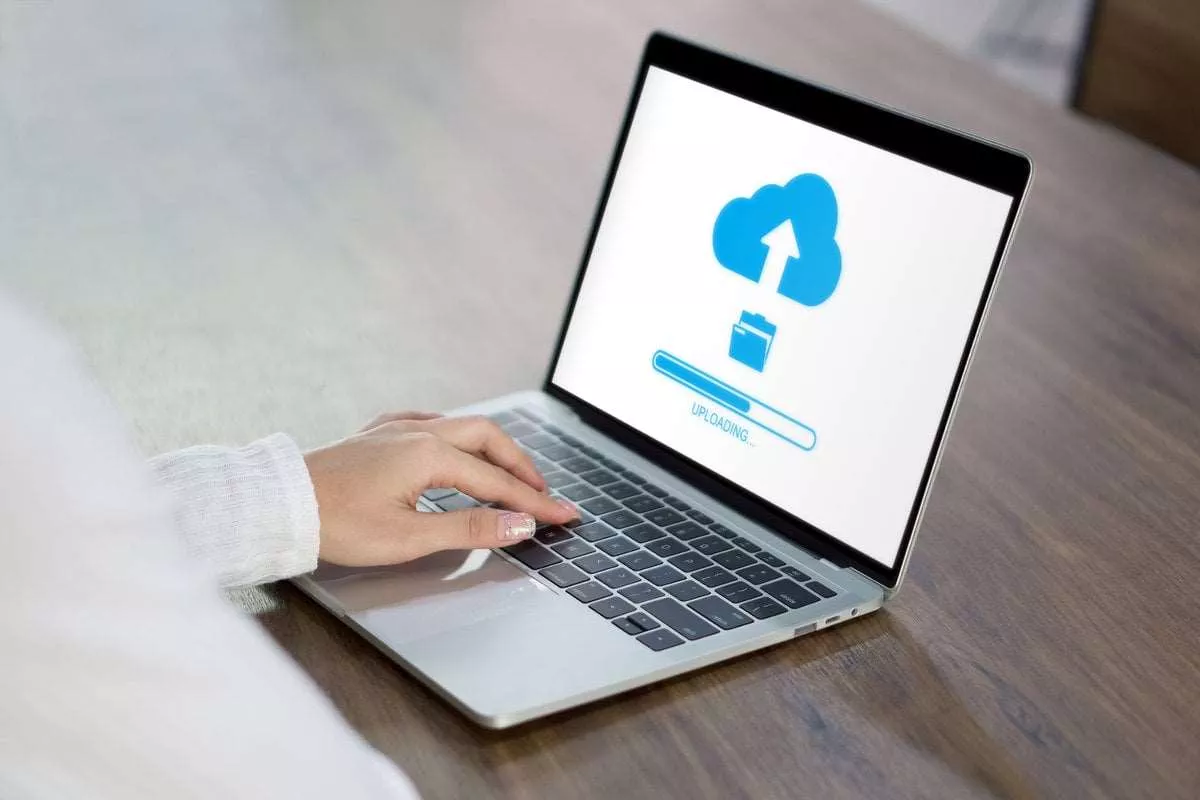Tracking latency identifies congestion, routing issues, or bandwidth restrictions. In 2025, monitoring tools have to tackle the intricacies of cloud-native, AI-powered, and worldwide distributed methods. Measure service latency, pod utilization, serverless runtime, and autoscaling to optimize distributed systems, balancing cost and performance in Kubernetes and serverless ecosystems.

Dx Utility Performance Management At A Look
Monitoring helps assess load-handling capabilities throughout site visitors spikes. Addressing these ensures seamless connectivity, important for edge computing and global cloud services where milliseconds impact reliability and user satisfaction. Hiccups in data transmission diminish user satisfaction, especially in real-time or distributed purposes (e.g., IoT, video streaming).
Infrastructure well being, consumer expertise, and architectures which are both distributed and AI-driven ought to be prioritized. In addition, stability should be achieved in performance, safety, and stability. Managing it via load balancing, autoscaling, or optimizing code avoids cascading failures. Essential for microservices and distributed systems (such as IoT, edge computing) where latency has a direct effect on operational continuity. Error fee measures unsuccessful requests brought on by coding errors, infrastructure issues, or configuration errors. Monitoring errors permits for swift root-cause identification and resolution AI as a Service, ensuring dependability for important systems (e.g., healthcare applications and financial services).
Monitoring RAM usage identifies memory leaks, excessive allocation, or insufficient sources. Excessive memory consumption risks crashes or slowdowns, particularly in multi-tenant techniques. By analyzing tendencies, groups optimize code, regulate configurations, or scale resources, maintaining stability for memory-intensive functions like databases or AI-driven services. Instruments like Jaeger or Zipkin map transactions across microservices, isolating bottlenecks (e.g., sluggish API calls, database locks).
Oversight ensures adherence to SLAs, particularly for real-time functions (such as eCommerce and streaming) where latency impacts user engagement. Automation minimizes manual intervention, resolving points like server overloads earlier than they impact customers and ensuring uptime throughout visitors surges. Configure real-time alerts for deviations from efficiency baselines (e.g., latency spikes, error surges).
See what your team can do with essentially the most comprehensiveAI-powered DevSecOps platform. Automated duties enhance effectivity and free up developers’ time — with out sacrificing security. Mitigations embrace question optimization, isolation degree changes, and transaction shortening—key for monetary techniques or apps requiring atomic operations to make sure reliability. See how AIOps and Observability from Broadcom can help groups extend topologies to the service layer, enabling business-aware observability. We have an expression at UBS, ‘all builders wait at the same velocity,’ so something we are ready to do to scale back their waiting time is value added.

In 2025, strong APM is crucial for navigating AI-driven, cloud-native, and edge computing ecosystems. Prioritize infrastructure (CPU, latency), application (response time, error rates), and user expertise metrics (Apdex, FID) to ensure reliability. Database efficiency, security compliance, and cloud-specific insights additional optimize performance. Conduct quarterly critiques of APM configurations, resource usage, and code effectivity. Optimize gradual queries, trim redundant logs, or adjust caching policies. Proactive tuning prevents technical debt, ensuring systems adapt to tendencies like AI-driven visitors spikes or edge computing calls for.
Leverage AI-powered tools (Datadog, Dynatrace) for observability and automation. Undertake proactive alerts, distributed tracing, and regular audits to preempt bottlenecks and align with SLAs. By integrating these strategies, organizations obtain resilience, scalability, and superior user satisfaction in an period where performance immediately impacts revenue and trust.
- Monitoring core utility efficiency metrics is important to guarantee that they meets evolving demands.
- In 2025, monitoring instruments must deal with the intricacies of cloud-native, AI-powered, and worldwide distributed systems.
- Tracks the percentage of requests served from cache vs. disk.
- Automated log evaluation flags anomalies (e.g., unauthorized information exports), enabling swift remediation and proving due diligence to regulators.
“ A Peerspot consumer who is an Functions Engineer at a financial providers firm. Learn tips on how to monitor internet purposes and APIs contained in the firewall using DX ASM and on-premises monitoring stations. Explore updates on person experience for DX AXA, DX APM, and DX OI with Corey Cohen.
Gauge page load occasions, Apdex scores, FID, and bounce rates to align technical performance with person satisfaction, retention, and engagement. The solution is prepared to provide comprehensive full stack end-to-end monitoring and deliver full visibility and a nearly flawless user expertise. See how integrating synthetics with DX Operational Observability (DX O2) helps teams monitor person experience and utility health in a extra… Connecting monitoring, analytics and actions alongside every applications performance management IT domain of the full IT estate to digital services and finish person experience. Logs observe user actions, entry attempts, and security incidents for forensic analysis. Retaining logs per laws (e.g., GDPR, HIPAA) ensures accountability throughout audits.
These instruments use AI to analyze metrics, logs, and traces in real time, predicting bottlenecks (e.g., CPU spikes) and automating fixes. Tracks the share of requests served from cache vs. disk. Excessive ratios (e.g., 90+ percent) point out efficient caching, decreasing database load and latency. Low ratios signal misconfigured caches or non-cache-friendly queries.

Improve Performance And Deliver Flawless Consumer Experiences
Refined platforms combine observability, automation, and predictive analytics to ensure efficiency, scalability, and resilience. Thereby permitting teams to manage hybrid infrastructures, edge deployments, and quick person requirements. Page load time measures how shortly web content material turns into interactive, instantly impacting user retention. Optimizing belongings (e.g., photographs, scripts) and leveraging caching/CDNs ensures faster rendering. Crucial for SEO and conversion charges, as delays of simply 2+ seconds can drive ninety p.c of mobile users to abandon sites. Proactive management prevents system slowdowns, ensuring purposes meet performance demands in cloud-native and edge environments with fluctuating workloads.
Critical for high-concurrency systems (e.g., SaaS platforms) to maintain responsiveness throughout traffic spikes with out overwhelming the database. This metric tracks how rapidly an application responds to consumer requests. Lower values indicate quicker efficiency, which is crucial for person satisfaction.
Correlate logs, metrics, and traces to diagnose root causes in complicated https://www.globalcloudteam.com/ techniques, such as Kubernetes clusters or serverless workflows, decreasing imply time to recovery (MTTR). Measures delays between microservices in distributed techniques. Excessive latency disrupts workflows (e.g., cart checkout in e-commerce). Distributed tracing instruments pinpoint gradual companies, guiding optimizations like caching or circuit breakers to meet SLOs in cloud-native environments. Monitoring core application efficiency metrics is important to guarantee that they meets evolving calls for.
Efficiency bottlenecks, inefficient code, or resource competition are a sign of high CPU consumption. Once monitored, groups can ensure it doesn’t peak to assist optimize workloads, balance processing energy, and scale infrastructure dynamically. Monitor failed logins, API abuse, SSL health, and audit logs to mitigate breaches, ensure regulatory adherence, and protect delicate information in an era of heightened cyber threats.
